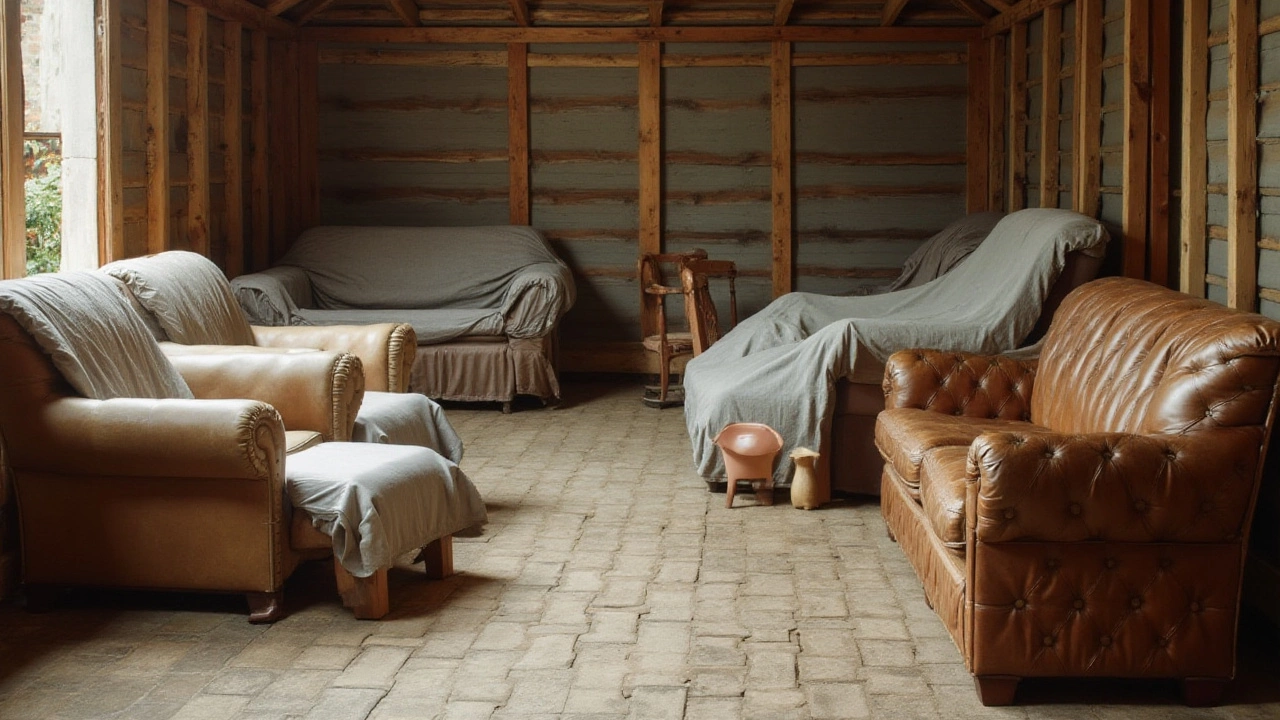Mice Prevention Tips: Simple Ways to Stop Rodents at Home
If you’re hearing tiny feet in the walls or finding droppings in the pantry, you need fast, easy fixes. Mice are small, but they can cause big damage—chewing wires, contaminating food, and ruining furniture. The good news is you don’t need a professional exterminator for most cases. Below are straight‑forward steps you can take today to make your home mouse‑proof.
Seal Entry Points and Trim Hiding Spots
First thing: block the ways mice get inside. Walk around the outside of your house and feel for gaps around pipes, vents, and the foundation. A steel‑wool plug or caulk works wonders for holes under ¼ inch. For larger gaps, use hardware cloth or metal flashing—mice can chew through rubber, but not metal.
Inside, check behind appliances, under sinks, and around baseboards. Seal cracks with expanding foam that contains a little steel mesh for extra strength. Remember to close the gap around your dryer vent and make sure the door sweeps are snug. A tight seal eliminates the invitation.
DIY Repellents and Natural Deterrents
Many homeowners swear by natural smells that mice avoid. Peppermint oil, dried lavender, or crushed cedar shavings placed in cupboards, closets, and garage corners can keep rodents at bay. Soak cotton balls in a few drops of peppermint oil and swap them every few days for continued effect.
If you prefer a non‑oil option, try placing steel‑wool balls in storage boxes. Mice dislike the texture and will move elsewhere. For a quick fix in the kitchen, scatter a thin layer of mustard powder or cayenne pepper on shelves; the strong scent irritates their noses.
These methods work best when combined with proper food storage. Keep all pantry items in airtight containers, and clean up crumbs right away. A tidy kitchen removes the food that draws mice in the first place.
Another affordable tool is a snap trap. Choose a size that matches the mouse and set it along walls where you’ve seen activity. Avoid glue traps—mice often escape and suffer unnecessary harm. If you prefer a humane approach, a catch‑and‑release trap lets you relocate the rodent far from your home.
Finally, maintain a clutter‑free environment. Cardboard boxes, piled-up firewood, and stacked laundry create perfect nesting spots. Store seasonal items in sealed plastic bins and stack firewood at least two feet off the ground and away from the house.
By sealing entry points, using natural repellents, and keeping food and clutter under control, you can dramatically cut down on mouse problems. Start with one area—perhaps the pantry—apply these steps, and watch the activity disappear. If the issue persists, consider a professional inspection to rule out hidden infestations.
Stay proactive, check your home regularly, and you’ll keep those tiny invaders out for good.
Protecting Your Furniture in Storage from Pesky Mice
Storing furniture safely requires more than just securing space; it involves preventing potential damage from rodents like mice. Mice can chew through furniture, leaving it in disrepair if not properly protected. This article explores practical tips and effective strategies to safeguard your prized possessions while in storage, keeping pests at bay. From choosing the right storage facility to employing natural deterrents, readers will obtain actionable insights to maintain their furniture in pristine condition.
More
